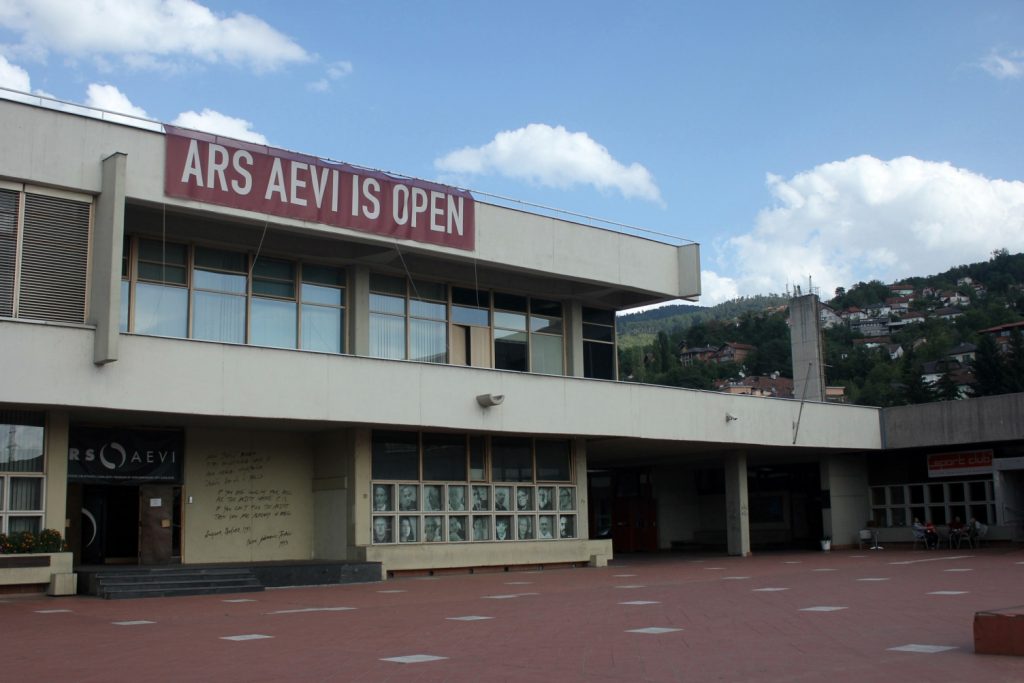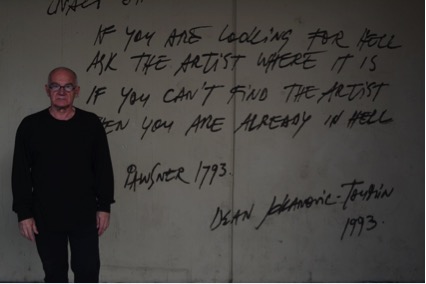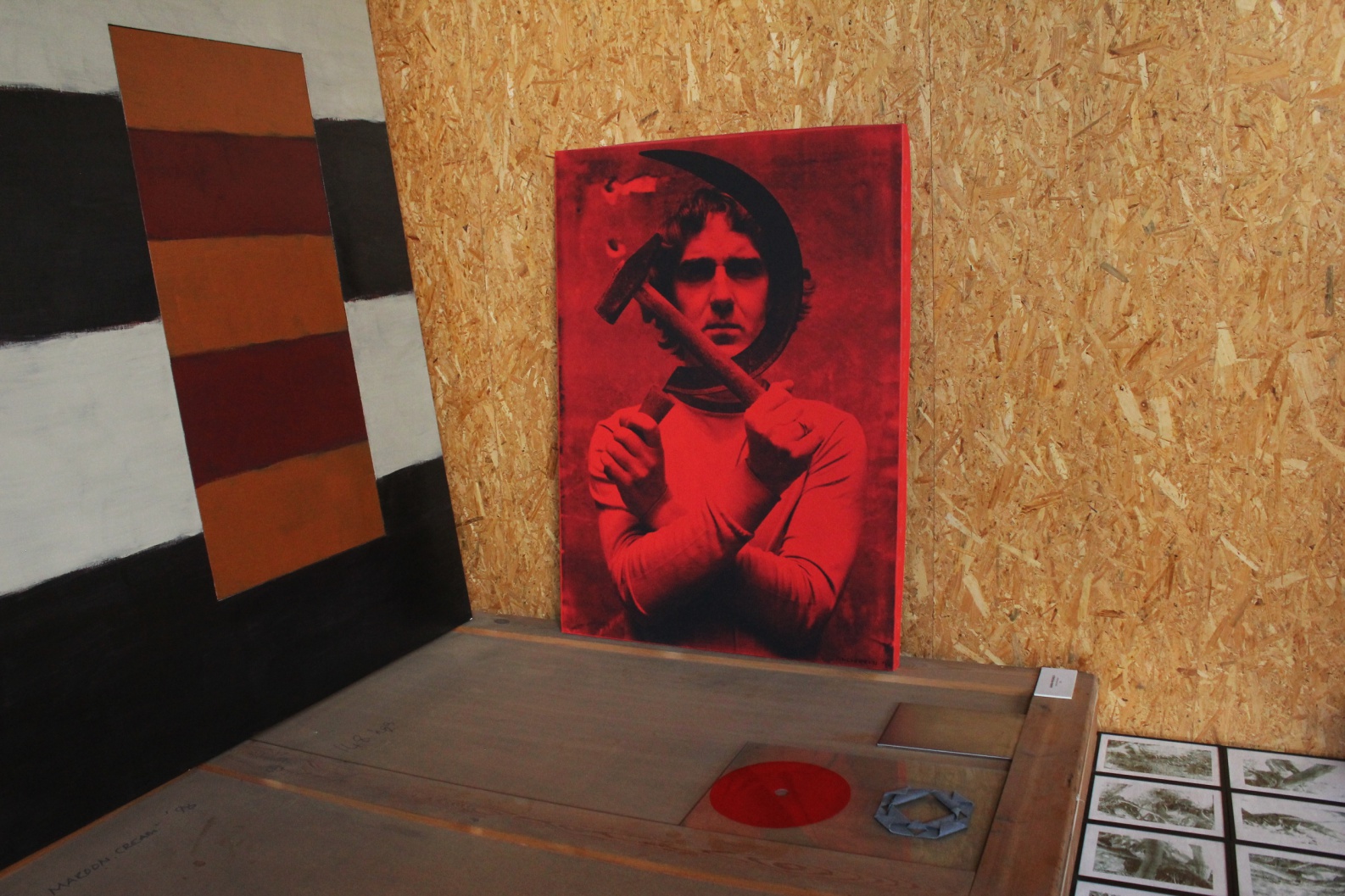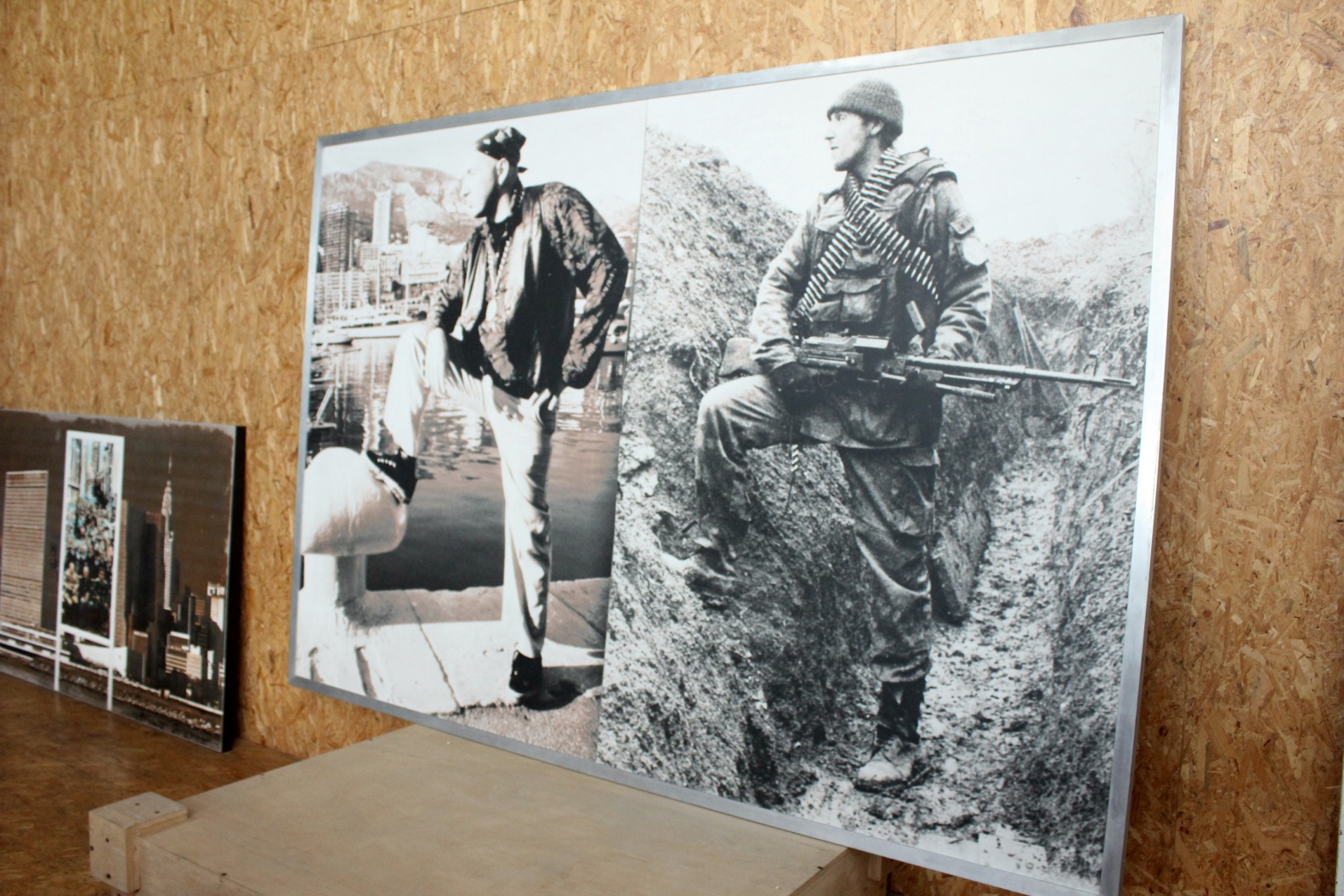
The founder of the Ars Aevi Museum of Contemporary Art in Sarajevo is campaigning for the museum to be nominated for the Nobel Peace Prize. Founded during the Bosnian War, the museum was established to be an expression of international will in response to the violence and destruction in Sarajevo.
Enver Hadžiomerspahić, in front of the Ars Aevi Museum (Credit: Marta Vidal) Work by Sandor Pinczehelyi (Credit: Yen Duong) Work by Nebojsa Seric-Soba (Credit: Yen Duong) “If you are looking for hell, ask the artist where it is. If you don’t find the artist, then you are already in hell,” wrote Avigdoor Pawsner in 1793. Two hundred years later, the Bosnian artist Dean J. Toumin quoted Pawsner during the war in Sarajevo. Pawsner’s words now welcome visitors to the Ars Aevi museum.

The idea for a contemporary art museum came to Enver Hadžiomerspahić on the night of 27 April 1992, during the shelling of the Museum of the Olympic Games in Sarajevo. The project gained momentum as a result of people’s reactions to the religious and ethnic divisions during the war.
“It was insane to speak about building a museum of contemporary art in those days, during those weeks and months in which none of us knew if we were going to be alive the next day,” says Enver Hadžiomerspahić, responsible for the conception and strategies of the Ars Aevi project. Together with local artists, and with official support from key figures in Sarajevo, Enver invited the world’s leading artists to contribute to the collection. The initiative aimed at responding to the Sarajevo siege and war with an “expression of an international collective will. … We wanted Ars Aevi to be above all nationalities and religions,” says Hadžiomerspahić. He believes artists gave their work to the museum of contemporary art in Sarajevo not just because Sarajevo was under siege, but as an “emotional response” towards the city where “worlds collide and meet. … The artists wanted to contribute to show that we can live together,” says the founder of the museum.
In September 2015, Hadžiomerspahićofficially announced a campaign to have Ars Aevi nominated for the Nobel Peace Prize in 2018. He believes the prize would recognize two decades of collaboration by artists from around the world.

Since its founding, Ars Aevi has established partnerships with other museums in Italy, Slovenia, Austria, Turkey and Montenegro and has received donations from world-renowned artists such as Marina Abramovic, Nan Goldin, Joseph Beuys and Anish Kapoor. The collection contains over 150 works of art, and is estimated to be worth more than 20 million euros.

Ars Aevi means “art of the epoch” in Latin, but it is almost an anagram of the word Sarajevo. The collection is exhibited in one of the buildings that used to belong to the Winter Olympics complex, located in Skenderija in central Sarajevo. Italian architect Renzo Piano designed a building especially for the museum, but construction has been postponed several times. Meanwhile, the space the museum now uses in Skenderija was adapted by Sarajevan architect, Amir Vuk, who designed a wooden box, conveying the idea that this was a temporary storage space for the collection. “Nobody thinks of the public interest, that is why the project remains marginalized,” laments Hadžiomerspahić.






